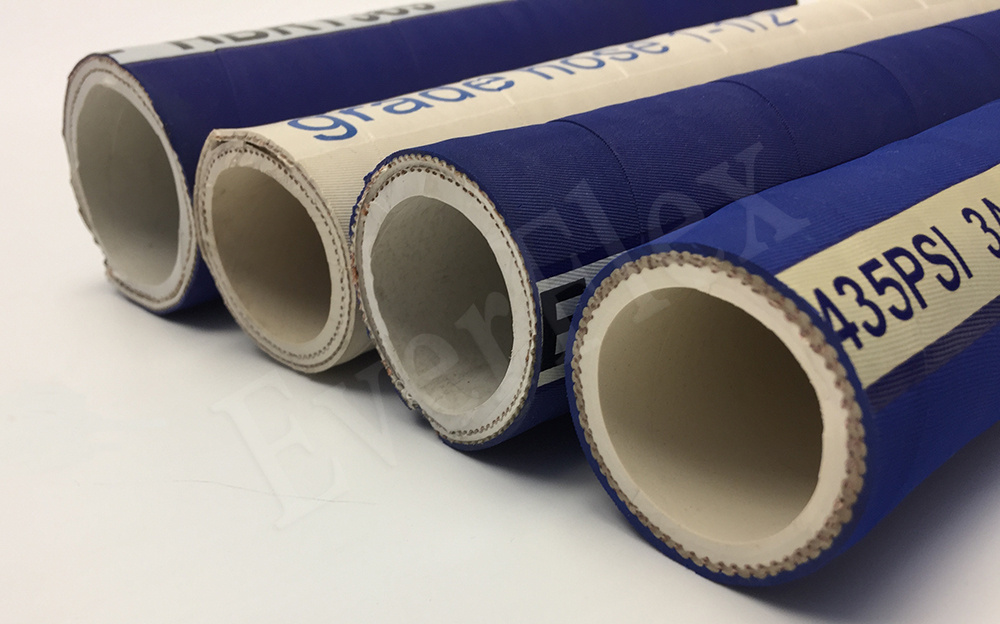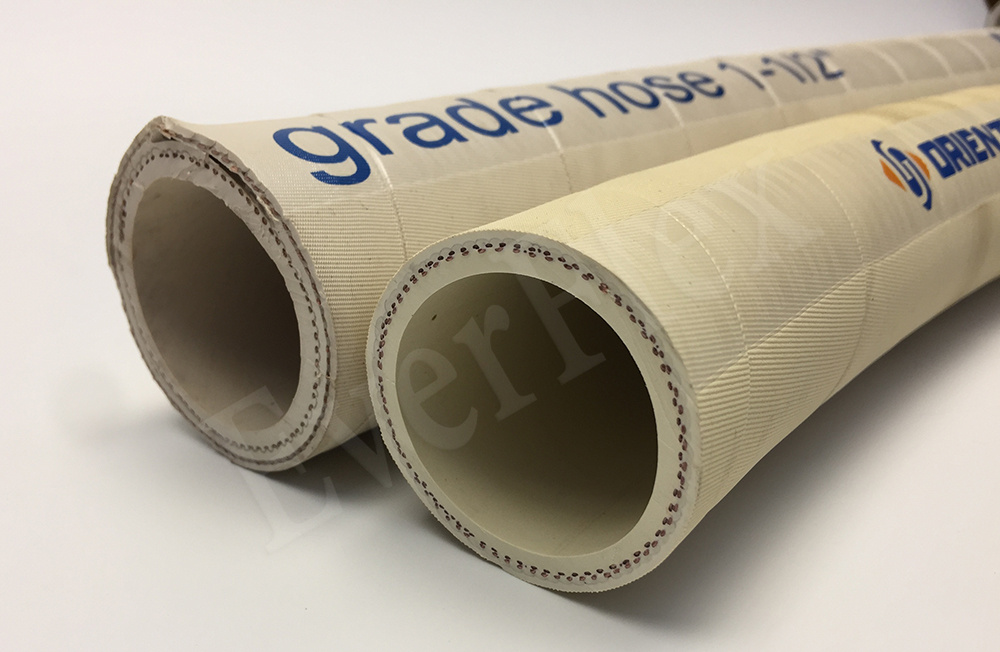When choosing a food grade hose, you need to consider multiple factors. This ensures that the hose meets the safety, hygiene and process requirements of the food processing industry. Here are some key considerations:
Material safety
The hose material must comply with relevant food hygiene and safety standards, such as FDA, EU, etc. Ensure that there are no harmful substances when in contact with food and that it does not contaminate the food.
Non-toxic and odorless
Non-toxic and odorless materials should be selected to avoid affecting the taste and quality of the food. For example, food-grade silicone hoses perform well in this regard.
Adapt to food material characteristics
Choose the appropriate hose material according to the chemical properties of the food material being transported. If acidic or alkaline foods are being transported, such as lemon juice, soda water, etc., acid and alkali resistant hoses need to be selected. Such as Teflon hoses, rubber hoses, etc. If oily foods are being transported, such as cooking oil, cream, etc., the oil resistance of the hose should be considered. Rubber hoses have better performance in oil resistance.
Temperature adaptability
Different food processing processes have different temperature conditions. For example, foods that are sterilized at high temperatures require hoses that can withstand high temperatures. Silicone hoses and Teflon hoses can be used at higher temperatures. For the transportation of refrigerated or frozen foods, the hose needs to maintain good flexibility at low temperatures. PE hoses can still maintain good performance in low temperature environments.







